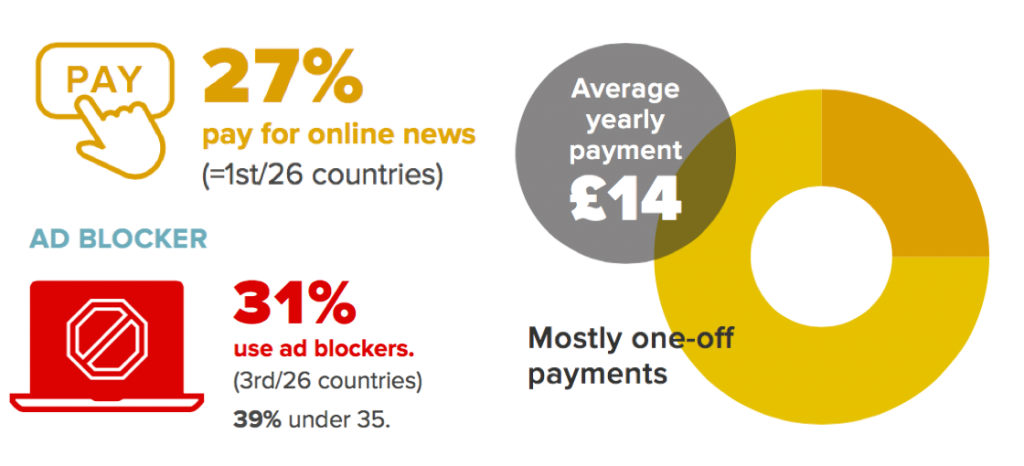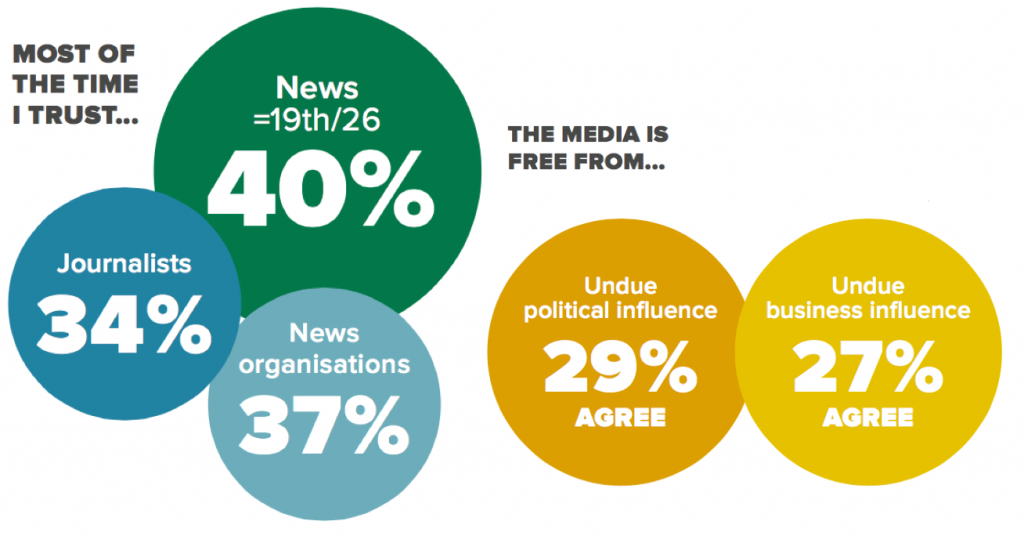| Statistics | |
| Population | 78m1 |
| Internet penetration | 60% |
While the Turkish government intensifies its suppression of media outlets, social media has increasingly become an alternative platform for news.
Top Brands % Weekly Usage (TV, Radio and Print)
| Weekly use | Main source | |
|---|---|---|
| Fox TV news | 60% | 26% |
| Kanal D news | 48% | 8% |
| CNN Türk | 47% | 9% |
| NTV | 47% | 7% |
| Hürriyet | 45% | 2% |
| ATV news | 40% | 8% |
| Star TV news | 40% | 3% |
| Show TV news | 38% | 3% |
| TRT news | 36% | 8% |
| Sözcü | 35% | 3% |
| Milliyet | 34% | 2% |
| Habertürk TV news | 33% | 4% |
| Posta | 29% | 0% |
| Sabah | 29% | 2% |
| Cumhuriyet | 23% | 1% |
| Halk TV news | 19% | 2% |
Top Brands % Weekly Usage (Online)
| Weekly use | Main source | |
|---|---|---|
| CNN Türk online | 37% | 6% |
| Mynet news | 36% | 12% |
| Hürriyet online | 35% | 9% |
| NTV online | 33% | 4% |
| Milliyet online | 31% | 7% |
| Haberler.com | 31% | 6% |
| Sözcü online | 29% | 10% |
| İnternethaber | 22% | 3% |
| Habertürk online | 22% | 3% |
| Sabah online | 22% | 3% |
| Ahaber | 20% | 4% |
| Ensonhaber | 20% | 3% |
| Haber7 | 17% | 2% |
| Cumhuriyet online | 17% | 2% |
| TRT news online | 15% | 2% |
| CNN International online | 15% | 1% |
Overview of key developments
By Servet Yanatma
Reuters Institute Journalist Fellow and former Foreign Policy reporter with Zaman Daily
The freedom of press in Turkey has been hotly debated around the world as the ruling party has stepped up pressure on journalists and media owners. Recently, the seizure of two media groups, Zaman and Ipek, has increased concerns about not only the freedom of the press but also Turkish democracy. Despite the restrictions and occasional blocking, social media has emerged as a key communication tool for following national developments.
The decline in circulation of print media has made it harder for them to remain independent of political or commercial interests. Few newspapers make money, except Hürriyet, so they tend to be subsidised by owners who need to do deals with the government in areas such as energy and construction, or are heavily dependent on advertising from public companies. 2 At the same time, new dailies have been launched recently such as Yeni Yüzyıl and Karar that clearly support the government line. Other publications such as Özgür Düşünce and Yarına Bakış have replaced Bugün and Zaman after their take-over by the government. There has been no newspaper closure as a result of digital disruption, except Radikal which ceased its print publication in 2014.
The high use of online media for news reflects growing access to the internet and smartphones. However, internet operations mostly share and repackage news commissioned for print, television, or from news agencies. There are more digital-born news brands day-by-day but usage remains limited. It may be that their importance will grow as they have more freedom to express opinions. They also provide a platform for sacked journalists and columnists to continue their work despite the low salaries.
Amongst online brands, CNNTürk (37%) is especially popular with the urban and educated population. Hürriyet Online (35%) is probably the most visited site for news overall while its main competitor Milliyet does not refrain from using photos of women and more sensationalist topics to attract attention.
Digital-born web-portals, like Mynet (36%), InternetHaber (22%) EnSonHaber (20%), and Haber7 (17%), are a significant part of the Turkish landscape. They aggregate stories from newspapers and agencies and are important gateways to news.
Medyascope.tv, which broadcasts news through Periscope, deserves a special mention as a growing and important platform for free journalism. Even former ministers of the ruling party use this channel to make statements because they are not allowed to participate in television debates. The International Press Institute gave its ‘2016 Free Media Pioneer Award’ to Medyascope.tv, citing the website’s ground-breaking use of new technologies to impart independent news and information in a media landscape under tremendous pressure. Besides this, T24, Diken, Haberdar and Bianet are attracting audiences through the quality of their columnists and exclusive stories.
Ad-blocking is widespread in Turkey (31%) partly due to the amount of free ad-supported news and partly due to the extensive and intrusive nature of advertisements around text and video. Many ads are not designed for mobile use; and their links do not work properly in social media.
Social media is popular for discovering news stories but also for participation as Turkish people love to share what they do. Almost two-thirds of our sample (64%) use Facebook to share and discuss the news due to the high levels of political polarisation in the country. Twitter (30%) and Instagram (12%) are mostly used by better educated people.
Paying for news
The pay figures from Turkey will be inflated because of our use of an urban sample.
In addition, three-quarters of those that paid for news in the last year made a one-off payment for a single edition.
Trust
Trust in the news media has decreased from 45% to 40% over the past year. Most media outlets are largely under the control or have come under pressure from the ruling party. There are only a small number of newspapers and television outlets that are able to criticise the government openly.
Scroll data area to see more
TOP SOCIAL NETWORKS*
| RANK | NETWORK | ALL | U35s |
|---|---|---|---|
| 1 | 64% | 61% | |
| 2 | YouTube | 31% | 35% |
| 3 | 30% | 31% | |
| 4 | 17% | 20% | |
| 5 | 12% | 15% |




